How Donald Trump’s fraud trial became his presidential campaign
His testimony inside a New York courtroom on Monday will put on trial the narrative that built up his political persona, Alex Woodward writes from Manhattan

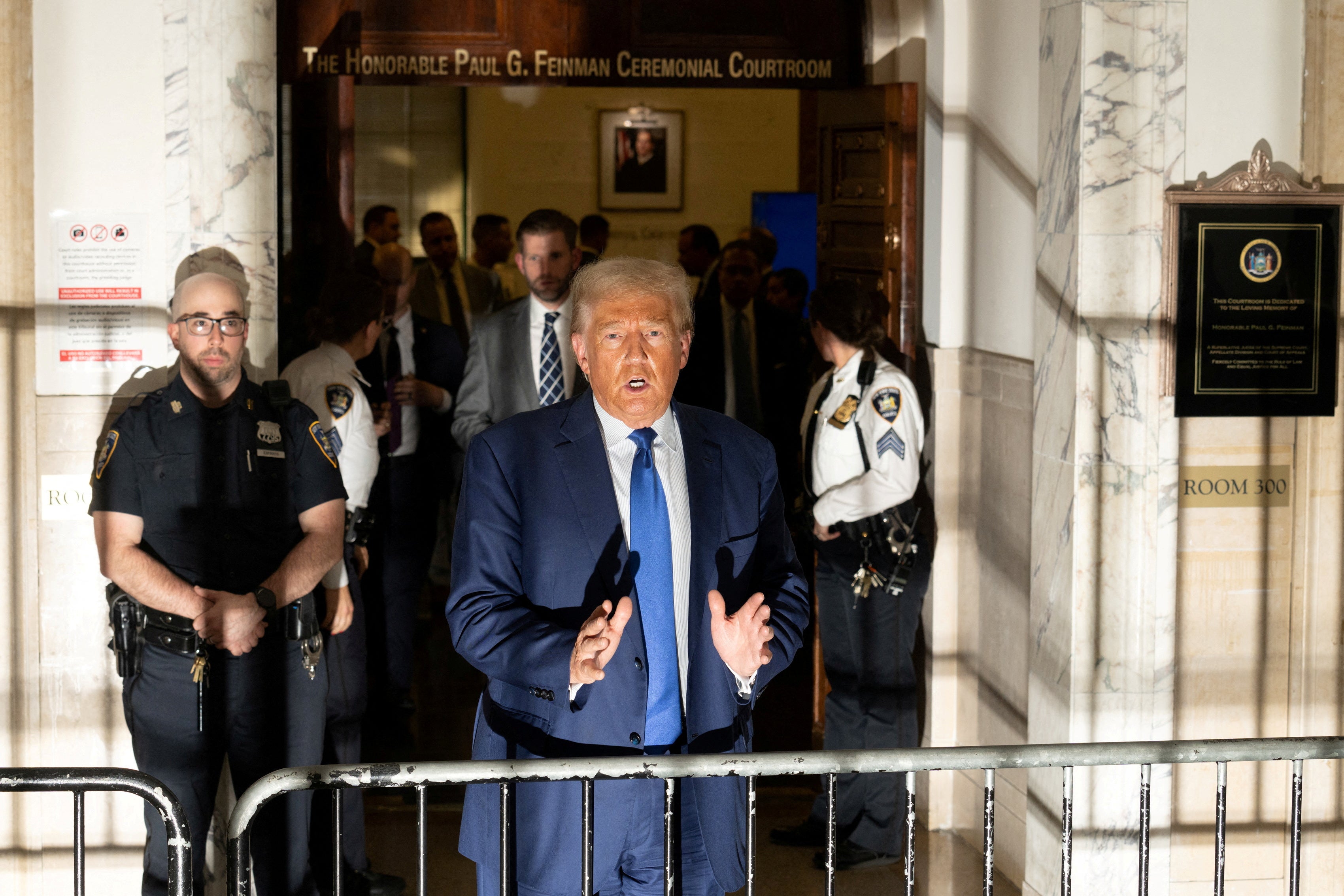
The New York State Supreme Court building on Centre Street is a historic landmark dripping with dramatic classical Roman-inspired architecture, with a cavernous circular interior surrounded by the stairwells that wind around it. It was formerly the Tweed Courthouse, named after the corrupt “Boss” Tweed figure of Tammany Hall infamy.
A wide staircase leads to the massive granite columns in the front of the building. Dramatic afternoon light beams into the short hallway in front of heavy wooden doors outside room 300 on the third floor.
Over the last month, the hallway and the courtroom on the other side of it have been filled with members of the press, photographers and video cameras. For five weeks, it has been Donald Trump’s most reliable pulpit.
Until the moment he is called to the witness stand on Monday 6 November, Mr Trump has never been under any obligation to attend the civil trial stemming from a lawsuit from New York Attorney General Letitia James that threatens his family’s vast business and real estate empire.
In the middle of his campaign for the Republican nomination for president in 2024, Mr Trump has instead sat with his attorneys at the defence table over several days of the trial, staring at witnesses and the evidence against him or into a middle distance with his shoulders hunched forward. Just outside the doors, he has berated the judge, his chief clerk, the attorney general and reporters covering the case, and cast himself as the victim of a political conspiracy to keep him away from the White House.
“I’ve been sitting in a courthouse all day long instead of being in Iowa, New Hampshire, South Carolina or a lot of other places I could be at,” he said outside the court on the first day of the trial last month. “It’s election interference.”
Two days later, he told the rows of cameras pointed towards the door that he’s “stuck” there and “can’t campaign.”
He wasn’t, and he could have, but the former president has leveraged significant press attention around the trial to unload his familiar grievances and raise millions of dollars for his campaign.
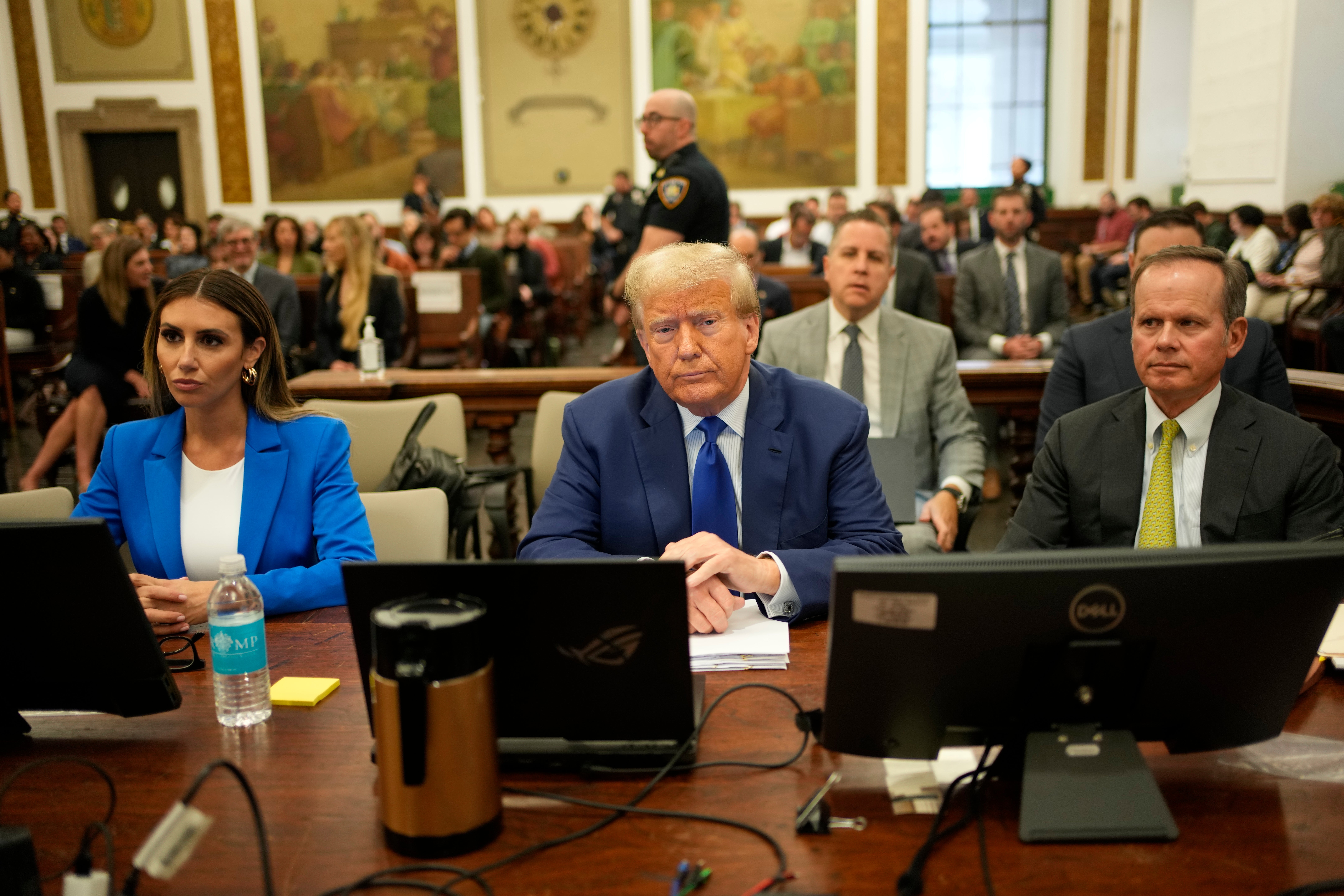
Within just three days of his out-of-court comments and compulsive name-calling, the judge overseeing the case issued a gag order blocking all parties from disparaging comments about his staff. The former president has already violated the order twice, incurring $15,000 in fines, and his attorneys’ “repeated, inappropriate” remarks about the judge’s chief clerk made him expand a gag order to include them, too.
On 25 October, after he was asked to testify about his comments about the clerk, and after the judge found him “not credible” and fined him a second time, and after he sat just feet away from his former attorney Michael Cohen for two days as he testified against his former boss, and after Mr Trump’s attorneys failed to convince a judge to immediately rule in his favour, Mr Trump abruptly walked out of court.
That was the last time he went inside the New York State Supreme Court building.
He didn’t return to watch the testimonies of his adult sons and co-defendants, Donald Trump Jr and Eric Trump, who has dutifully sat in the same seat in the first row of benches directly behind his father when he has appeared in court.
There were no members of the Trump family in the courtroom while Donald Jr and Eric Trump testified about what they knew about his father’s statements of financial condition, the allegedly fraudulent documents at the heart of the case. While Eric was on the stand on 2 November, Mr Trump was in Houston, preparing to speak to a crowd of supporters at an offshore oil drilling equipment company.
On Monday, Mr Trump will return to New York to testify, marking his first formal courtroom testimony in his gauntlet of criminal and civil cases during his 2024 campaign.
His testimony as the lead defendant accused of defrauding banks and investors, puts the GOP’s potential 2024 nominee under a level of scrutiny that exposes the narrative that built up his political persona in the first place.
It’s also more ammunition for his campaign, which groups the many lawsuits and state and federal criminal indictments against him into one big conspiracy against him, a plot to “KILL TRUMP” with a “corporate death penalty” that he tells supporters is also coming for them, and fuel for an autocratic platform of retribution and pain for his political enemies.
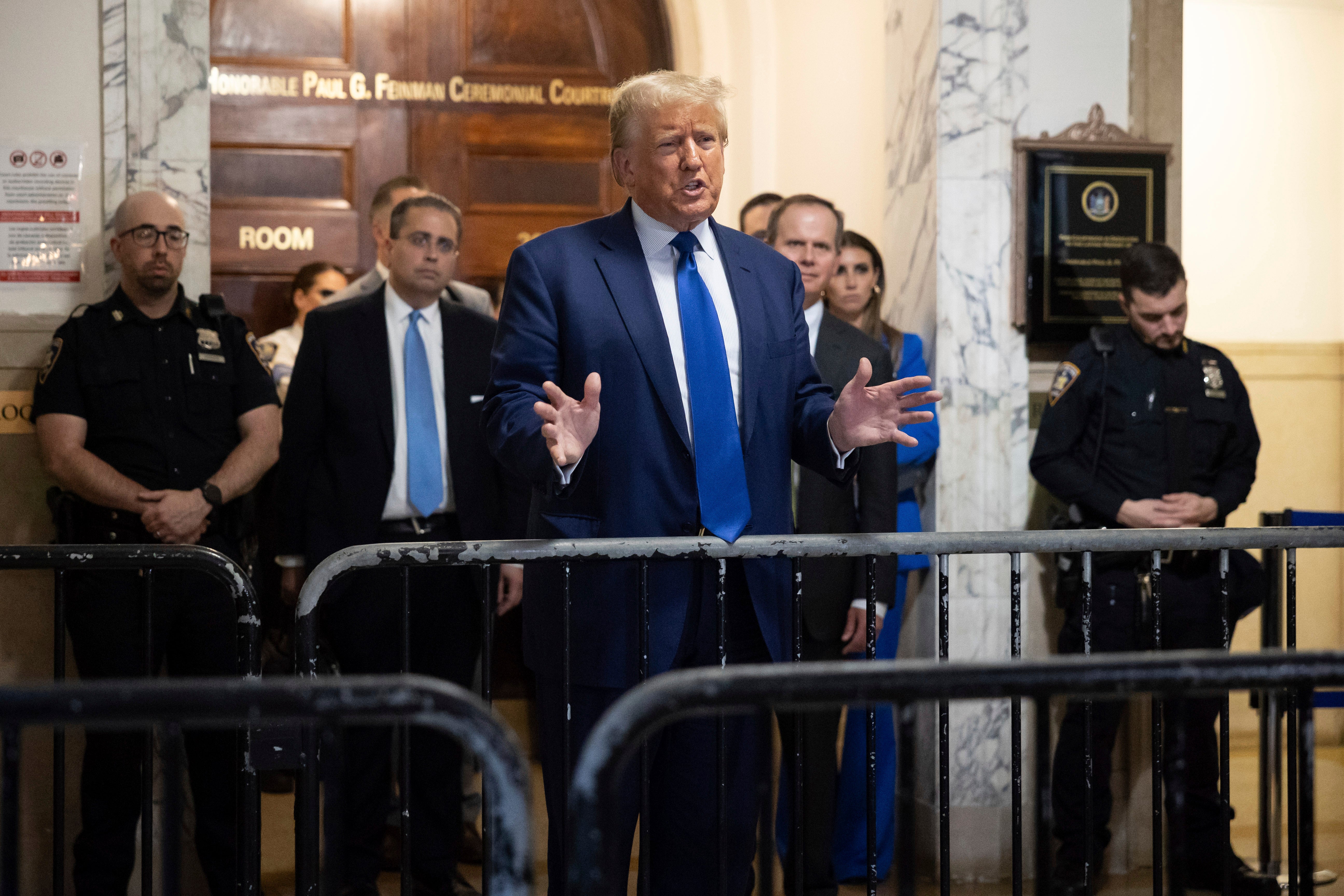
His campaign has shared “opposition research” targeting the judge and the attorney general, while Mr Trump has generated a seemingly endless content mill of counterprogramming for his supporters who have tuned out the evidence against him.
Within the last month, he posted about the New York case on his Truth Social profile at least 115 times.
His campaign has sent nearly 300 fundraising emails within the last five weeks. His trials are mentioned in one-third of them, with appeals to “save America” by donating to him.
It’s not the first time his campaign has relied on his legal mess to fill its coffers. After the former president and 18 of his allies were booked on criminal charges in Georgia for their alleged criminal enterprise to overturn the state’s election results in 2020, he slapped his mugshot on merchandise.
It’s on “signed” posters with the words “never surrender”. It’s on $47 T-shirts and $35 mugs. It’s currently the image on top of his campaign’s fundraising website, with prompts for donations in amounts up to $3,300.
Within the first day after his booking image was made public, the campaign reportedly raised more than $4m, “the highest grossing day of the entire campaign,” according to adviser Steven Cheung.
The campaign reported raising more than $45m within the third quarter, with more than $37.5m cash on hand going into the first month of his fraud trial.
The attorney general’s lawsuit and an early victory
The trial in lower Manhattan follows a $250m lawsuit from Ms James, whose three-year-long investigation targeted long-running fraud allegations surrounding the Trump Organization and Mr Trump’s business practices.
In his partial summary judgment in September, Judge Engoron found the co-defendants liable for fraud, after the attorney general outlined how Mr Trump inflated his net worth by hundreds of millions of dollars each year over a decade.
The decision notched a key victory for Ms James and state investigators, leaving a trial to determine Mr Trump’s legal obligation to pay for damages, not relitigate the merits of the case, and to hear arguments on six other counts in her lawsuit, including allegations of falsifying business records, making false financial statements, insurance fraud and their related conspiracy offenses.
It’s also a bench trial, meaning the judge will determine the outcome without a jury.
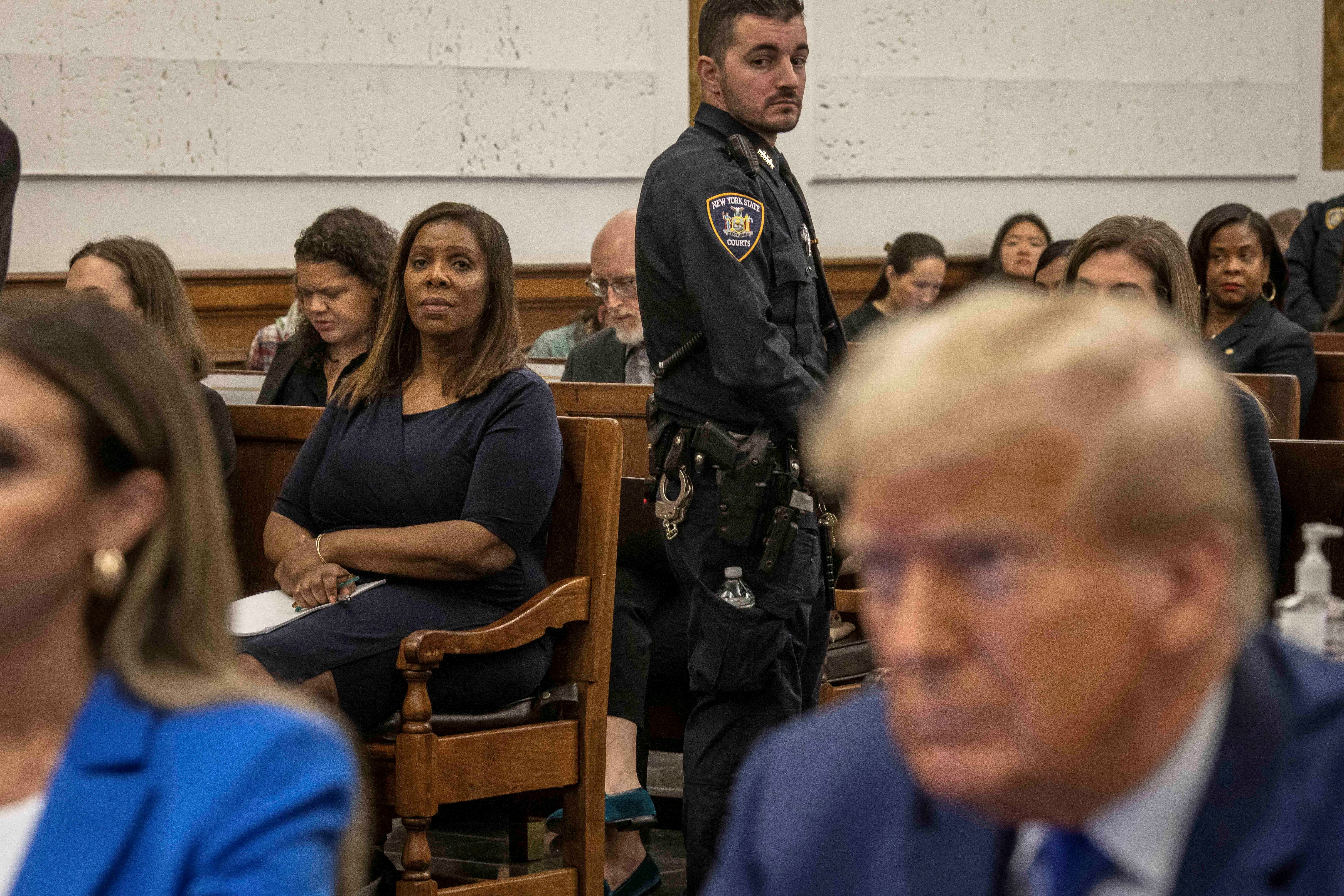
Ms James is seeking a ruling against the Trumps that would strip control of their brand-building properties and block them from entering any new commercial real estate leases in the state or from applying for loans from any New York bank for five years. The Trumps also would be permanently banned from running any businesses in the state.
She also wants to recover $250m in profits made from their alleged fraud.
Testimony from a ‘fixer’ turned state witness
Ms James’s team has not had to prove that the defendants committed fraud, or that they hurt anyone financially with their actions. Over the first five weeks of the trial, counsel with the attorney general’s office has called more than a dozen witnesses, including former Trump Organization employees and accountants, to explain Mr Trump’s annual statements of financial condition at the centre of the case.
Michael Cohen – Mr Trump’s former attorney and a former executive within the Trump Organization, later convicted and jailed on separate tax charges and campaign violations – explained in his testimony how he was “tasked” to manipulate those documents.
He testified that he was “tasked by Mr Trump to increase the total assets based upon a number that he arbitrarily elected” for his statement of financial condition, which was then provided to lenders and insurers.
Cohen and former Trump Organization chief financial officer Allen Weisselberg – who was convicited and jailed in a criminal case stemming from investigations into the company – were instructed to “reverse engineer” asset values to come up with “a number that Mr Trump had tasked us with,” Cohen said.
Asked by counsel for the attorney general’s office what that number was, Cohen replied: “Whatever number Mr Trump told us to.”
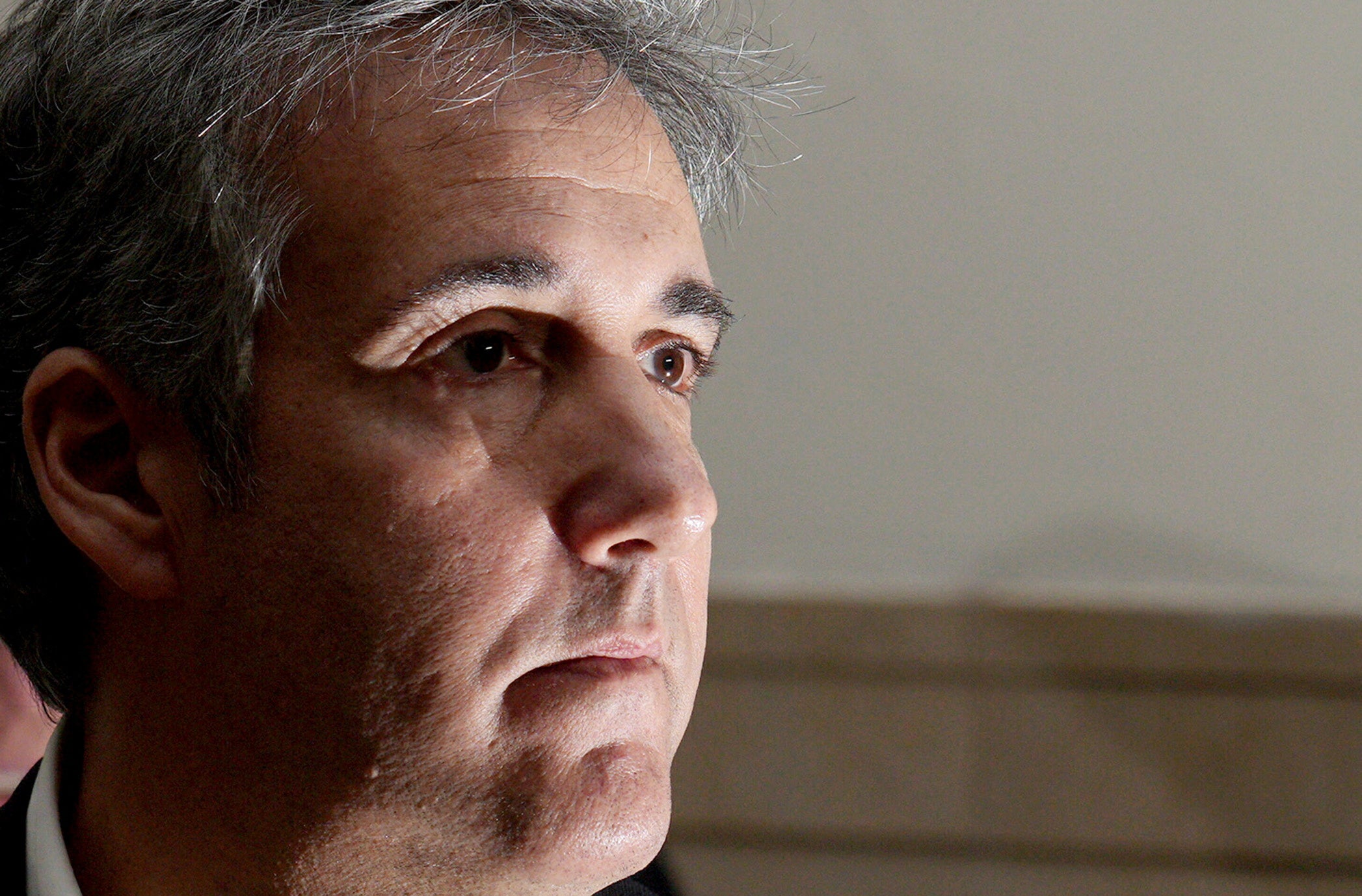
Under questioning from his attorneys, Cohen agreed that his former boss never asked him to “inflate” the figures at the centre of the case, but that his commands were implicit rather than explicit.
“Donald Trump speaks like a mob boss,” Cohen said. “He tells you what he wants without specifically telling you … That’s what I was referring to.”
Trump’s co-defendant sons take the stand
The former president’s two adult sons – who played central roles in the Trump Organization and its business throughout their father’s time in the White House – repeatedly denied their involvement in those statements of financial condition, while counsel with the attorney general showed them documents and emails that appeared to closely tie the brothers to them.
Eric Trump sought to distinguish discussions about his father’s assets and property values from what were preparations for statements of financial condition.
“I don’t think it ever registered that it was for a personal statement of financial condition,” he said about one piece of correspondence with a former Trump Organization executive.
“It was a detail that was irrelevant to me.”
During Donald Trump Jr’s testimony, the judge cut to the chase: “Mr Trump, did you have anything to do with the statements of financial condition?”
“No, I did not, your honor,” he replied.
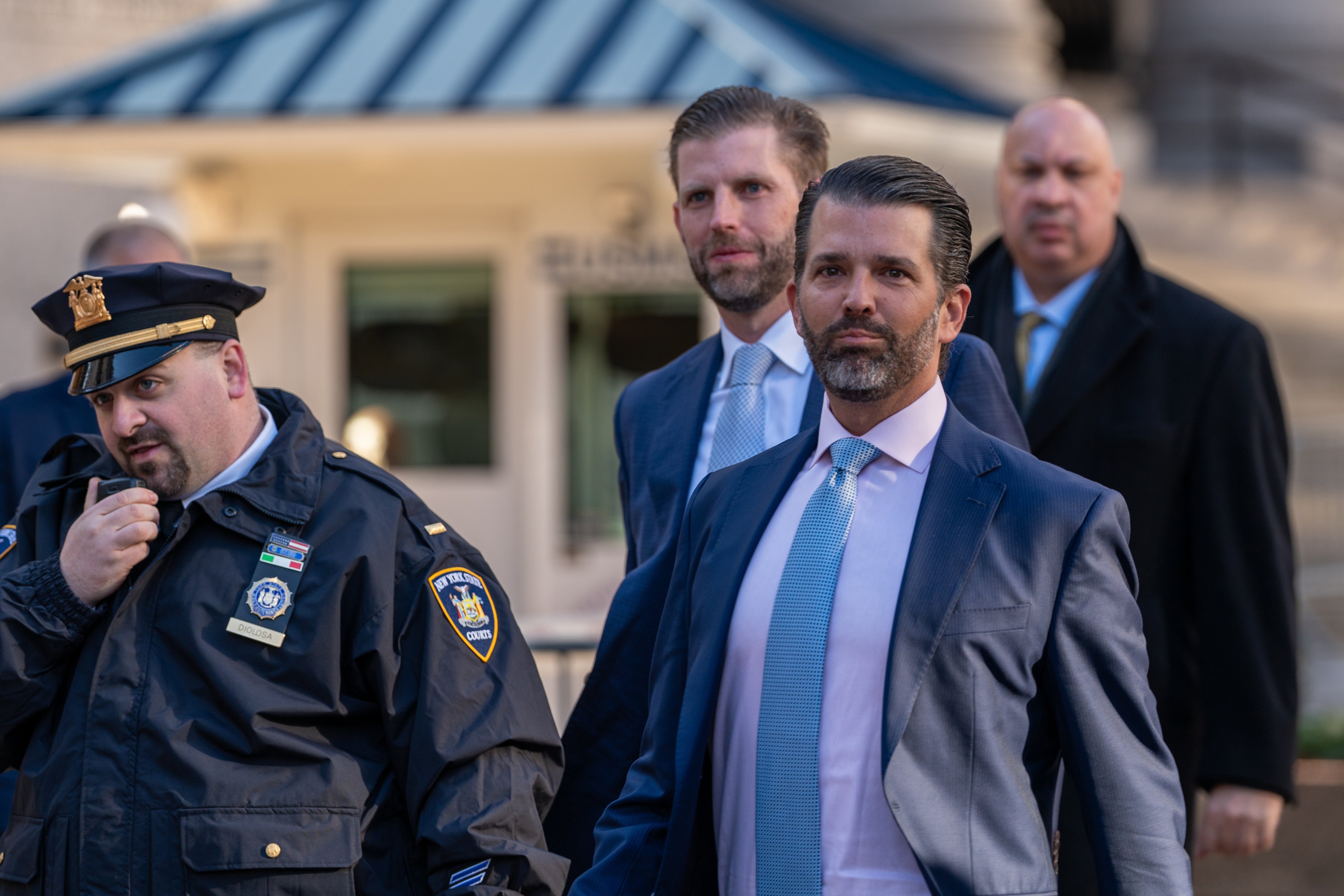
Their sister Ivanka Trump, who successfully removed herself as a defendant in the lawsuit earlier this year, will testify on 8 November.
She is the last witness on the attorney general’s list.
More criminal cases and lawsuits across the country
Evidence shown throughout the course of the trial has also veered into the criminal cases facing the former president.
One document appeared to show that Mr Trump, who continues to falsely insist the 2020 election was stolen from him, was preparing to get back to business as usual days before he left the White House in January 2021.
Roughly two weeks after a mob of his supporters stormed the US Capitol to keep him in power, he signed a document that brought him back into control of his assets, according to evidence presented at trial.
Then-President Trump transferred control of a trust overseeing his assets – which was handled by his oldest son Donald Trump Jr while he was in the White House – back to himself on 15 January, 2021.
The evidence shown to the former president’s oldest son while he sat on the witness stand could also come into play in two separate criminal cases targeting Mr Trump’s alleged attempts to overturn the results of the 2020 election. Prosecutors argue that he knew the truth about his election loss, lied about it, and tried to convince attorneys, elected officials and his vice president Mike Pence to overturn it anyway.
That piece of evidence underscores the overlapping civil and criminal litigation facing Mr Trump as his attorneys file motions and make appearances in courtrooms across the country, from a looming election interference trial in Georgia to simultaneous hearings in several states that could kick him off ballots in 2024.
At one point during the trial in New York, Trump attorney Christopher Kise had to leave the courtroom to call into a separate hearing. He’s also representing the former president in a federal case involving his possession of classified documents – in Florida.
Join our commenting forum
Join thought-provoking conversations, follow other Independent readers and see their replies
Comments